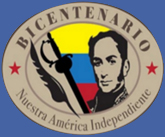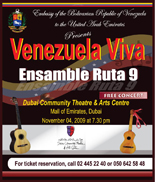
Bolivarian Republic of Venezuela
Embassy in the UAE
Venezuela for kidsFolklore & traditions
 Venezuela’s folk music and dances have been greatly influenced by the costumes, traditions and religious beliefs of the three races which constitute Venezuela’s population as a whole: White, Indian and Black. Popular dances are to great extent the product of Creole (criollo) culture. Nevertheless, typical Indian dances and other signs of almost pure African origins may still be found in some areas. The origin of Venezuela’s musical instruments can be traced back to the indigenous, Europeans and African cultures. All three have greatly influenced popular music. Before the arrival of the Spaniards, the Indians used carved bones flutes, clay whistles, seashell trumpets and maracas. During the Spanish colonization and the arrival of the African slaves, several instruments were incorporated into the popular music tradition such as cuatro (a four string small guitar), violin, guitar and drums. 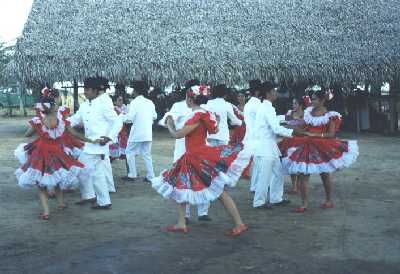 The Joropo: As the national dance of Venezuela it is performed throughout the country. Lively, merry and syncopated, it is Spanish in origin and Venezuelan in feeling. It is a dance for couples and has as many as thirty-six variants of the basic steps. The musical accompaniment is provided by the cuatro, maracas and counter pointed by a harp.
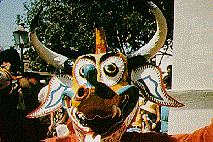 Red Devils of Yare: The red dancing devils of Yare begin their traditional battle against the forces of righteousness on Corpus Christi day, and it is one of the most unique and colorful ceremonies of the Christian World. The outcome of the battle is also traditional, virtue will triumph but not until after a full day of strenuous opposition on the part of Satan’s henchmen. 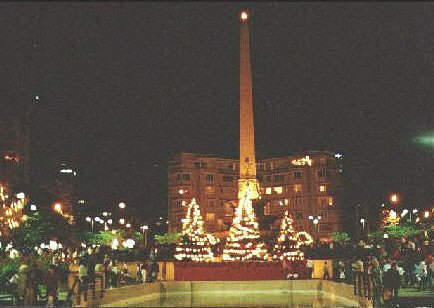 Christmas: In Venezuela, Christmas is celebrated with a number of religious and traditional customs. As a predominantly Catholic country, Christmas festivities celebrate the birth of the child Jesus. The religious celebrations begin on the 16th of December with masses said every morning until December 24th, when the religious service is held at midnight (Misa de Gallo). The main celebration takes place on Christmas Eve, Noche Buena, as it is called in Spanish. Families get together to enjoy the traditional holiday meal: hallacas, pan de jamón, dulce de lechoza. The pan de jamón is a long bread filled with cooked ham and raisins. The dulce de lechoza is a dessert made of green papaya and brown sugar, slowly cooked for hours and served cold. Many homes put up a Christmas tree but the most authentic Venezuelan custom is to display a nacimiento (Nativity scene). A more sophisticated nacimiento is the pesebre. This represents an entire region with mountains, hills, plains and valleys. The central point is a replica of the manger at Bethlehem. The structure is a framework covered with canvas and painted accordingly. Often, the pesebre becomes a real work of art. On December 25 children awake to find their gifts around the Nacimiento or the Christmas tree. Tradition has it that it is the Child Jesus who brings gifts to the Venezuelan children instead of Santa Claus, as is it the belief in the United States, Music plays an important role in the celebrations. The traditional songs of this period are called aguinaldos. In the old days the aguinalderos (singers of aguinaldos) would go from home to home singing their songs and playing traditional instruments such as the cuatro (a small, four strings guitar), the maracas (rattle) and the furruco (a small, elongated drum with a wooden stick in the middle. The movement of the stick slightly indented on the drums leather is what produces the sound). The Christmas festivities come to an official closing on January 6, the Day of the Reyes Magos (the three wise kings who came to visit Mary and the infant Jesus), when children again receive toys and candies. Christmas is, above all, the main holiday during which Venezuelan families get together and rejoice. |




